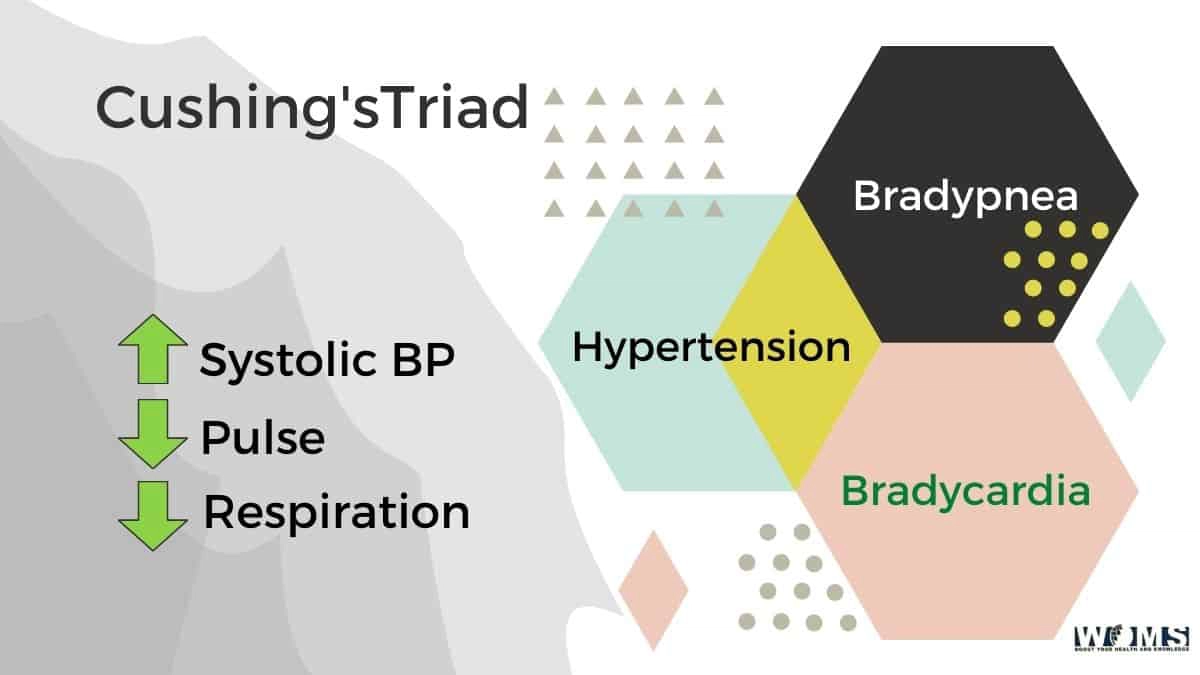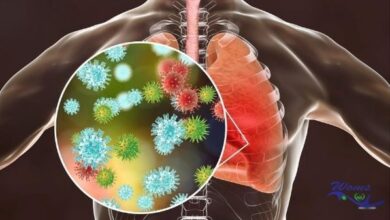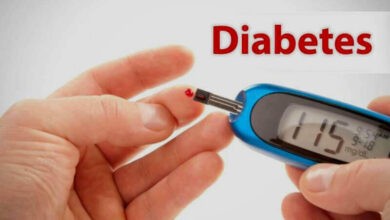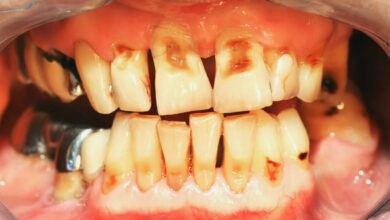Cushing’s Triad: What is it?

Cushing’s triad indicates an increase in the pressure of the brain. Increased brain pressure also describes increased intracranial pressure. This increased intracranial pressure exhibits a triad of symptoms that may suggest Cushing’s triad. These symptoms include:
- Bradycardia (low heart rate)
- Irregular respirations
- Widened pulse pressure (increased difference between the systolic and diastolic blood pressure)
Cushing’s triad is a well-known medical emergency after any head injury. It requires proper medical management immediately. If left untreated, it may cause fatal health conditions.
What is the pathophysiology for Cushing’s triad?
Cushing’s triad pathophysiology is quite complex. The process starts when some trauma or injury causes increased intracranial pressure. This increased intracranial pressure also increases pressure in cerebrospinal fluid located in the brain. The pressure continues to rise and gradually exceeds the mean arterial pressure.
When intracranial pressure rises more than mean arterial pressure, arterioles in the brain get compressed. This compression lowers the blood supply and causes cerebral ischemia.
Increased intracranial pressure activates both the sympathetic and parasympathetic nervous systems. Both nervous systems act together to produce the typical symptoms of Cushing’s triad.
- Pressure difference causes decreased cerebral perfusion pressure resulting in brain ischemia.
- For the compensation of ischemia, the sympathetic nervous system acts to cause an increase in blood pressure. This activation causes an early increase in heart rate known as tachycardia.
- Increased blood pressure signals carotid and aortic baroreceptors to activate parasympathetic nervous systems. This nervous system causes a decrease in heart rate leading to bradycardia.
- If pressure continues increasing, the brainstem starts dysfunctioning. As a result, it causes Irregular respirations followed by complete breath cease periods. This symptom is suggestive of the worst prognosis.
What are the causes of Cushing’s triad symptoms?
Cushing’s triad symptoms are the result of increased intracranial pressure. This increased intracranial pressure mostly occurs due to decreased perfusion of brain tissue. In this way, this decreased perfusion results in the restriction of cerebral blood flow in the brain. These symptoms occur due to:
- Any head injury
- Hematoma or hemorrhage in the brain
- Brain tumors causing an increase in intracranial pressure
- Brain infections like meningitis
- Cerebrovascular accident or stroke
- Increased cerebrospinal fluid production
- Brain swelling
What are the signs and symptoms of Cushing’s triad?
The most common findings are:
- Irregular respirations (Cheyne-stokes respirations: periods of deep and slow breath following a period of apnea with complete restriction of breathing)
- Widened pulse pressure
- Bradycardia
Besides the above-mentioned symptoms, there are several other signs and symptoms that indicate Cushing’s triad. Some of these symptoms are as follows:
- Hypertension or increased blood pressure due to the initial activation of the sympathetic nervous system
- Headaches
- Vomiting
- Blurred vision
- Weakness
- Behavioral changes associated with levels of consciousness
Clinical significance of Cushing’s triad
Cushing’s triad symptoms are most important for different clinical aspects of medical emergency conditions. Cushing’s triad usually occurs in the late stages of acute head injury.
This reflex is usually a normal homeostatic response of the body to prevent brain ischemia. But, unfortunately, this triad is a late indication of increased intracranial pressure. Moreover, this triad also suggests that brainstem herniation is possible.
Patients with Cushing’s triad have almost two gold higher mortality than patients with stable vital signs. It is important to recognize such patients with increased intracranial pressure.
Cushing’s triad offers a poor prognosis for different treatment plans. Moreover, it is an irreversible condition with a terminal prognosis for patients.
What are the diagnostic procedures for Cushing’s triad?
There is a special consideration regarding the early diagnosis of Cushing’s triad. The earlier you diagnose Cushing’s triad symptoms, the better is the prognosis. Moreover, it is easy to treat these symptoms when earlier diagnosed. Otherwise, in later stages, this disease carries a poor prognosis. There are several ways to diagnose these symptoms.
Let us have a look at these diagnostic procedures to review Cushing’s triad.
Diagnostic procedures
- Lumbar puncture – this procedure is for the better evaluation of cerebrospinal fluid. In this way, it helps to diagnose any cause that can lead to increased intracranial pressure.
- Continuous monitoring with the help of a catheter placed in the brain ventricles to evaluate any underlying cause.
Clinical evaluation
- Medical history reviews can indicate any injury or trauma in the past to provide information about the cause.
- Physical examination may also provide information about the disease.
Imaging techniques
These are the newly evolved techniques to understand the anatomy and structure of the brain.
- CT scans provide details about bony anatomy.
- MRI provides information about soft tissue structures.
How can we treat it?
It is very important to treat Cushing’s triad as early as possible. If left untreated, it may increase the mortality rate. There are medical as well as surgical treatments for the patients of Cushing’s triad.
Treatment usually lowers the intracranial pressure and removes the causes of intracranial pressure. Treatment plans are usually dependent on the severity of the disease.
Pharmacological management
- Mannitol is usually prescribed intravenously that is highly effective in decreasing intracranial pressure and increasing cerebral oxygen supply.
- There are several other medications that can also be used in combination with mannitol.
- Diuretics
- Steroids
- Sedatives
- Hyperventilation or fast breathing can also help to lower intracranial pressure.
- Laying with an elevated head position can also help to reduce intracranial pressure (reverse Trendelenburg position)
Surgical management
- Draining the excess cerebrospinal fluid can also help to decrease intracranial pressure.
- Craniotomy (removal of a small portion of the skull) can also be performed to relieve increasing pressure.
What If it is left untreated?
There are several other complications of Cushing’s triad if left untreated. It may cause complication
- Brain herniation
- Uncal herniation – loss of reflexes, consciousness, and ultimately death
- Infarction or death of brain tissue
Also Read: Beck's Triad
Conclusion
Cushing’s triad is a combination of fatal symptoms following any head injury or infection. These factors can increase intracranial pressure leading to several other complications.
There is a special need to diagnose Cushing’s triad as early as possible to treat it in a better way.
Frequently asked questions (FAQs)
What is brain herniation?
Brain herniation occurs when something inside the brain continues increasing the pressure. This pressure induces the brain tissue to move. The most common causes are head injury or swelling of the brain
Does Blood pressure increase in Cushing’s reflex?
An increase in systolic blood pressure can be seen with decrease in diastolic blood pressure. Bradycardia along with irregular respirations can be seen.




